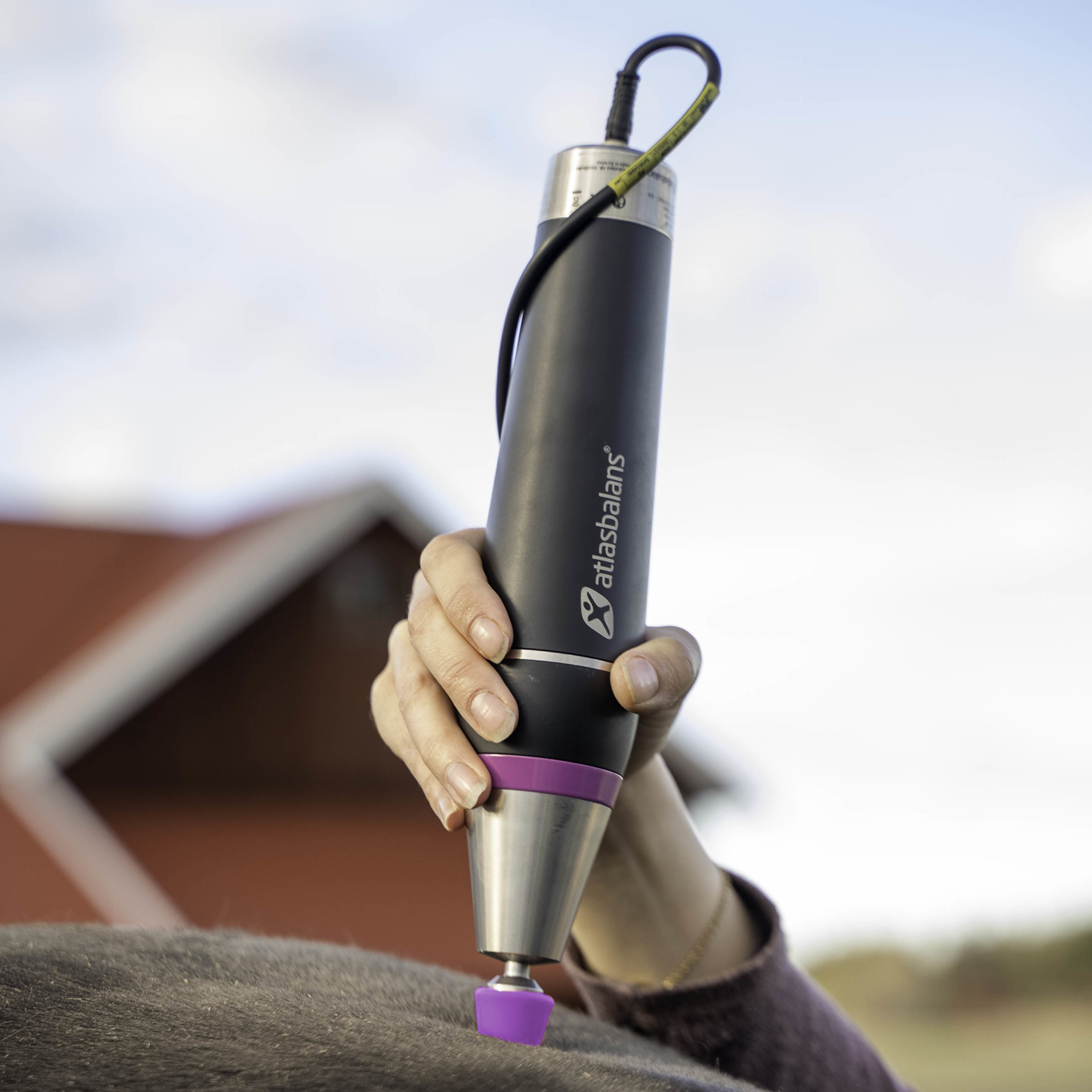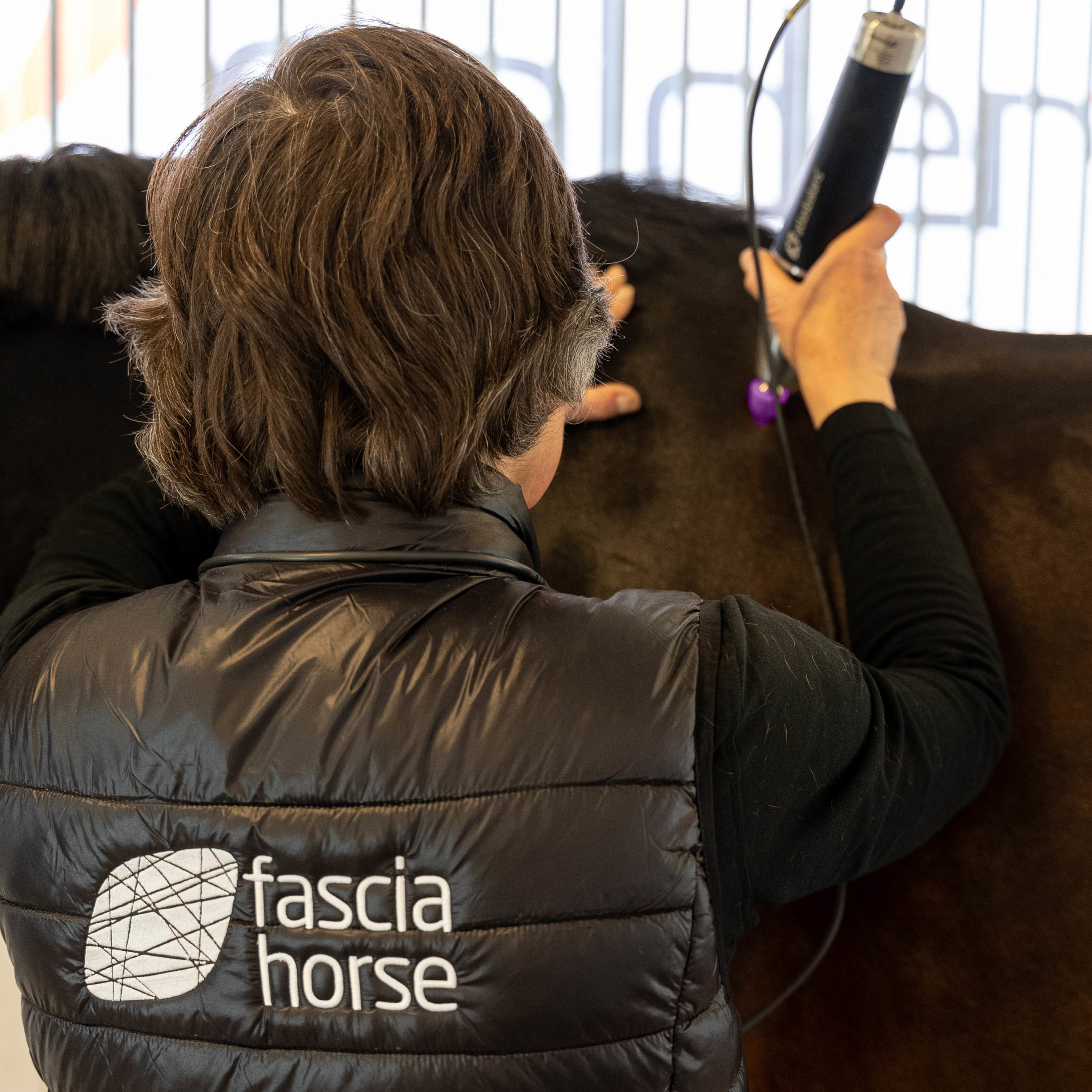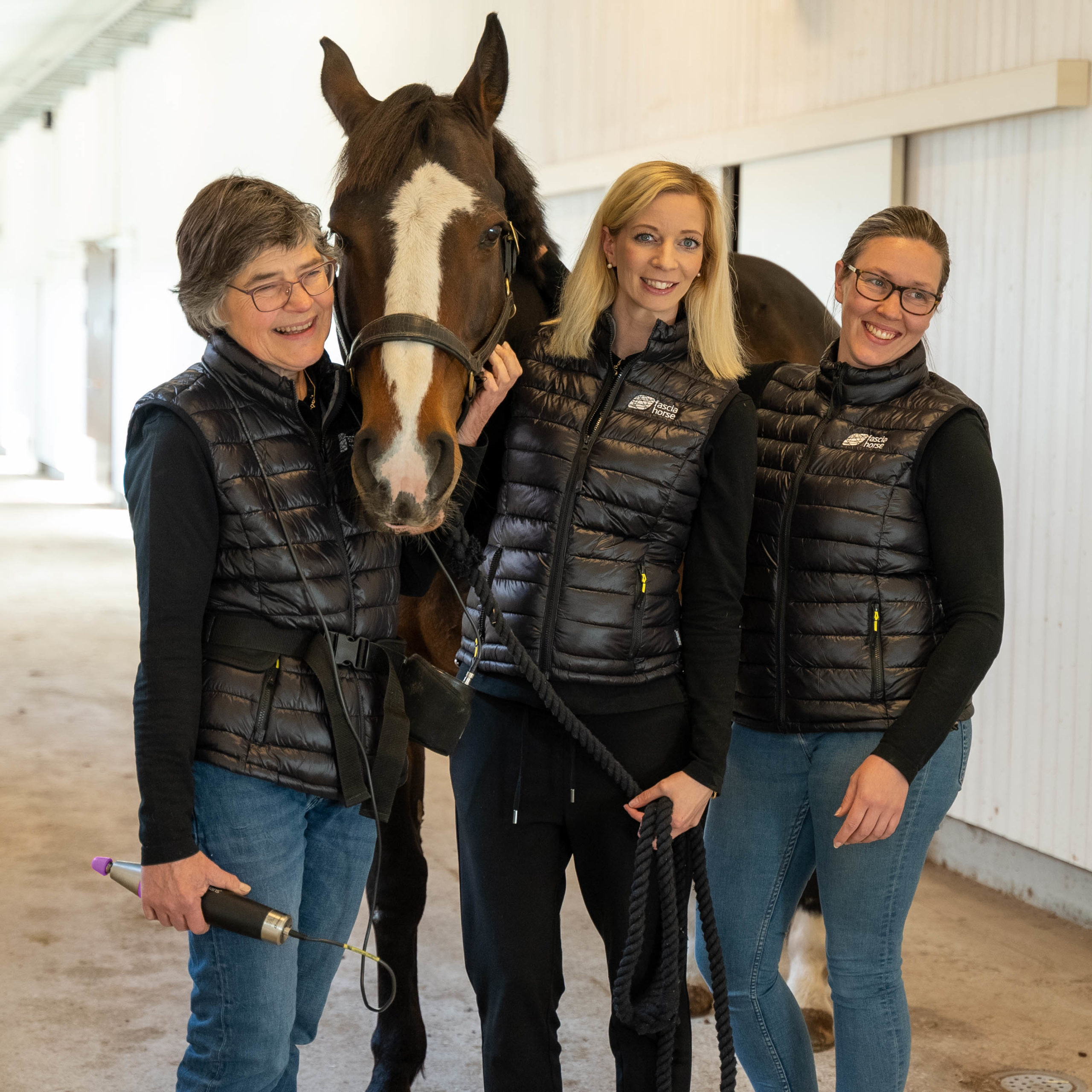Treatment of trotting horses: Thoughts and case studies
Fascia therapist Märta Lindqvist shares insights on treatment of trotter horses
So far, it is probably the trott horses that have gotten the biggest and clearest results from the Swedish Fascia Vibes treatment. Here are some more thoughts on why as well as some case studies.
There are countless times I stood and addressed a trotter and thought that “this will never work!”. It is impossible for such a sore and stiff horse to get well and quickly at that. It has often felt like major renovation projects with stiffness and pain almost everywhere.
But then the owner contacts me completely taken aback and says that the horse has been as transformed after just one treatment! There are so many examples of this. Then the thought “Why !?” appears in the head.
My theory so far, (it may change soon … haha) is that trotters are trained so intensely with fairly poor recovery in the form of peaceful movement where waste can leave the body and the body will slowly be allowed to return to rest.
To go from full running with high pulse, to rushing right into the stable to be placed in the shower, then get a blanket and go into the box to eat, goes totally against everything I had previously learned about active horses. The old manuals describe how the horse should be walked by hand until it is absolutely dry, if it becomes sweaty. It should be massaged with straw whisks if there is opportunity to and walked until dry. It will dry slowly and not lose heat too quickly, before it comes into the stable it should be walked until breathing and pulse almost returns to normal.
The intense training, practicing lactic acid tolerance and thus constantly stretching the limits of what the horse is capable have to leave its mark. Especially when so few trotters can go out in large paddocks or be walked after the sessions. (There is never time, or rarely room for large pastures on the facilities)
So what is the result? My guess is that it impairs the sliding function in the horse’s fascia. Muscles should slide against the thin membranes and layers of connective tissue. The horse has great fascia surfaces that should be able to move and contribute to the flow in small blood vessels and pump blood and water through the fascia’s network and structures. If this movement seizes, the layers stick together and the layers beneath the skin and the muscle turns stiff, so that even cleansing and metabolism in tissues is choked.
Since the connective tissue (fascia) has 6-10 times more nerve endings than muscles, one can imagine that this can cause diffuse, but sharp pain and discomfort when a horse moves. Most horses I dealt with who worked poorly has been examined by a veterinary one, two or a lot of times. They may have found a point to treat, but the horse has behaved exactly the same afterwards.
All these horses have had a lot of pain in their connective tissue, i.e., under the skin. The skin also feels dry and wrinkles over the parts that are stuck. The muscles underneath are of course stiff as well. After a moment of treatment, they often release in the superficial layers, and the day after throughout. It has even been the case that some horse owners (pretty austere men) shed a tear when they are suddenly sitting in the training cart behind a horse who dances along instead of twitching itself unevenly forward.
One example of success was a warm-blooded horse that the owners had lost hope for. He became a riding horse for the wife after all the vets had their say and tried everything they thought appropriate. But she did not think he was functioning in the woods because of his slanting and unwillingness to be saddled. He had one deep wave treatment, changed totally, ran like a dream and had a trial race. He had only been in the woods for that summer, but ran like clockwork in the trial race and registered to start.
The next three months, he got money from every start, despite some unlucky races.
He took money, was placed and won. Approximately 70,000 he ran in during the relatively short time before he got winter rest.
Another horse with a violently sore body, but fresh joints in the legs got treatment. He was in real pain and I could not go so deep into the layers. After treatment, he was enormously improved and could trot out, but got a dip again and got really bad and dropped the trot after a few weeks of training. They saw that he was heavily acidified on a blood test and he got a cure for that. A treatment to (where he was clearly much less sore and possible to treat more sharply) and he came in second. Then, he had an unlucky race with disqualification, but then he won and ended up earning 27,000 in the three races.
There are so many examples, and I guess that these horses get so sore because of their hard training combined with poor recovery and cool-down. Another aspect of trotting horses muscle problems is that it may be enough with one really hard race for a strained body to “lock up.” The nerve function that controls muscle contraction can “go into shock” and cramp, and the tension is very difficult to release with rest alone. Manual massage can be painful so that the horse thrashes and cannot receive aid.
My own horse worked fine with training trotting and walking around outside where he walked off waste products, and held up in the muscles. That combined with the dressage work every day that he did not do fast runs / intervals. Because of these excellent results, it is extremely exciting to treat trotters!
“Other horses turned into extras as she on light feet rocketed to an overwhelming victory”
Fascia Vibes treatment is about to take trotting Sweden by storm. Through increased movement, symmetry and straightness horses run faster and have success in races all over Sweden
/Märta Lindqvist












